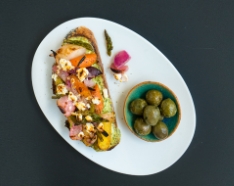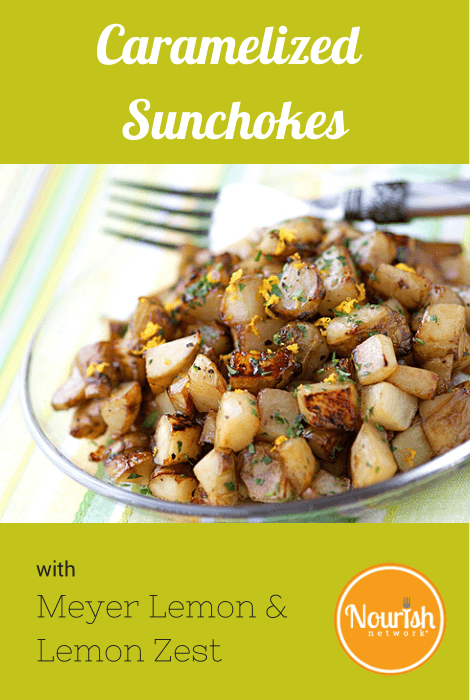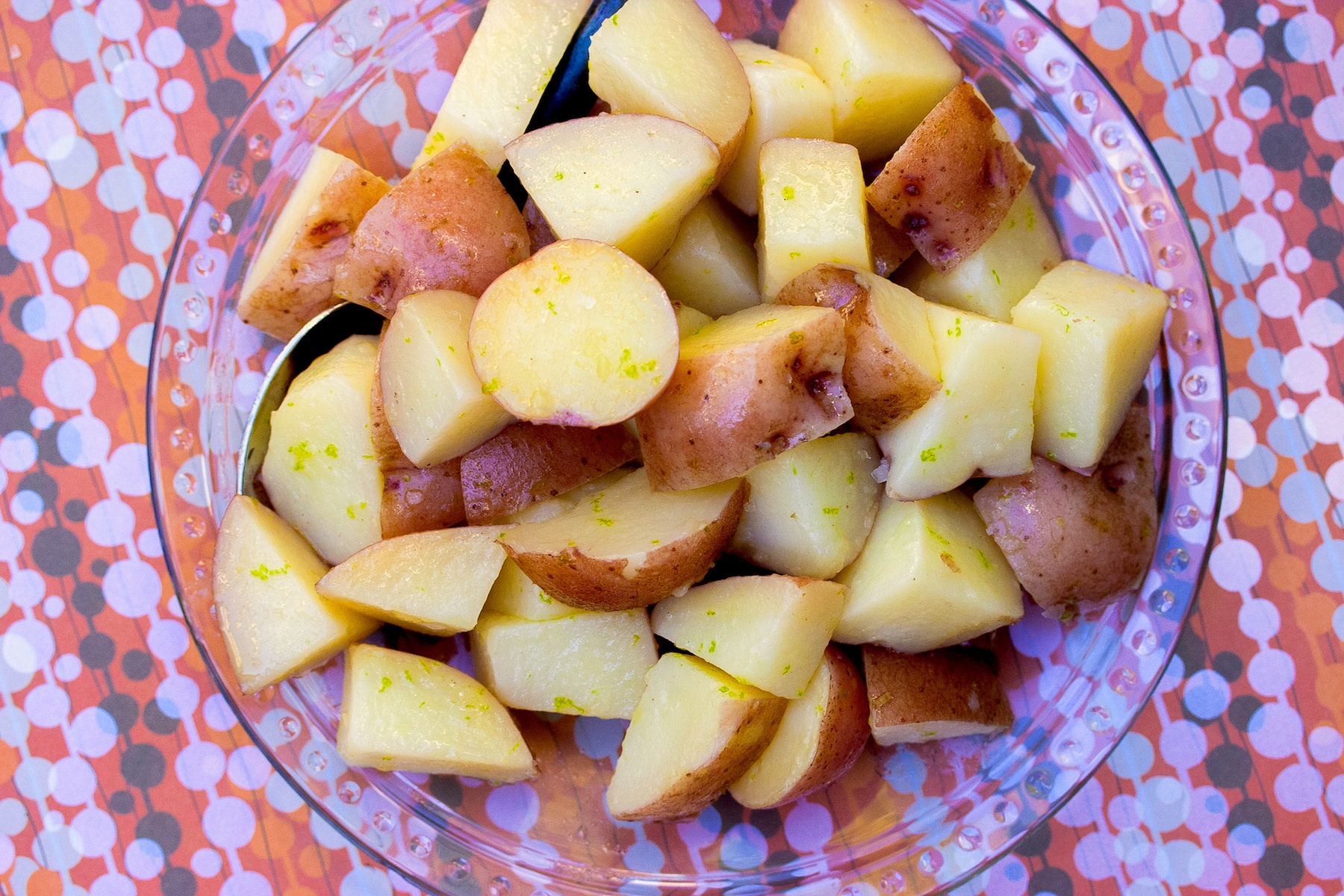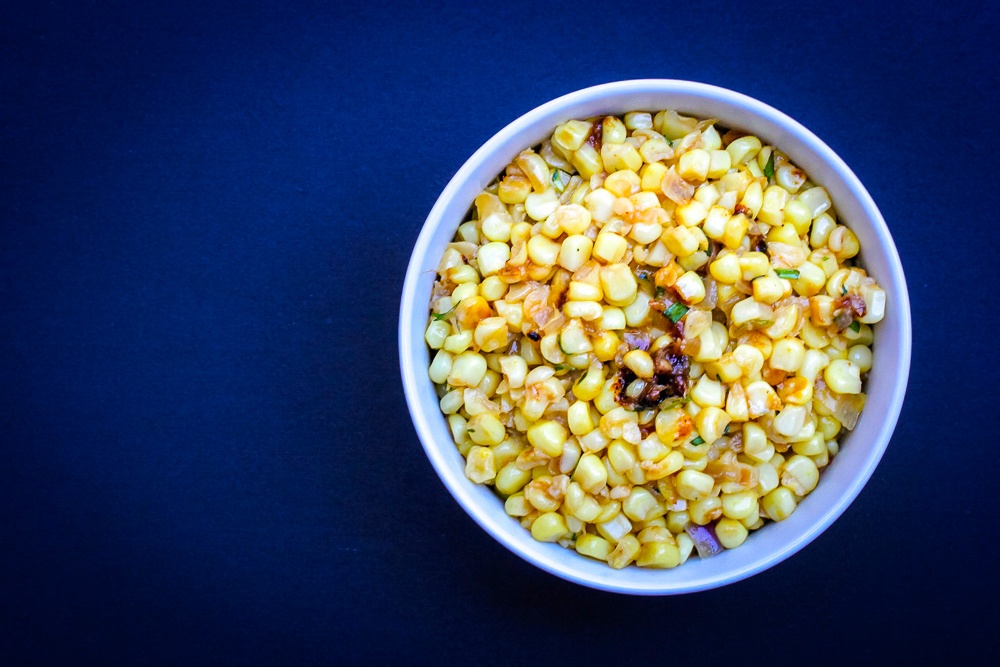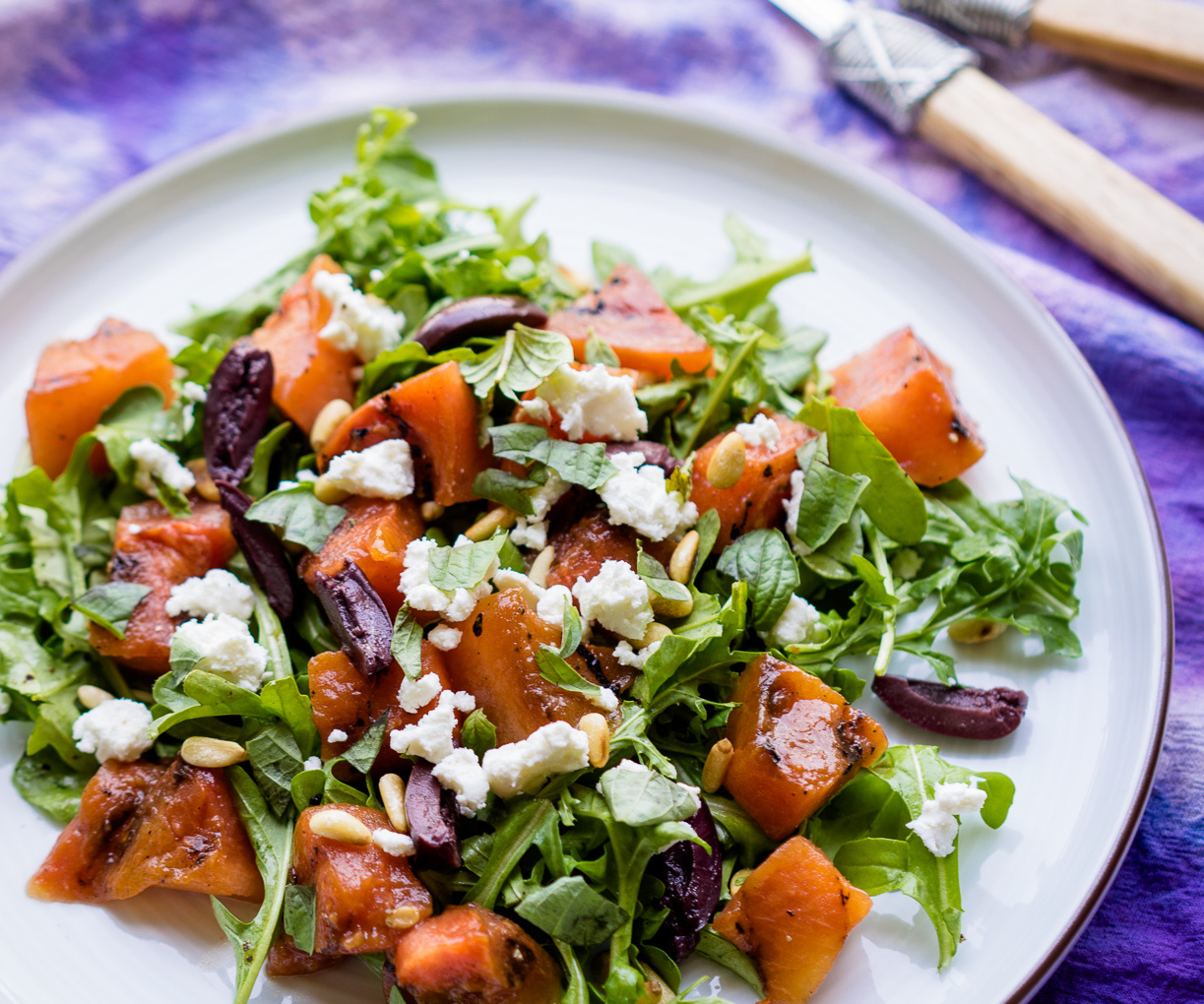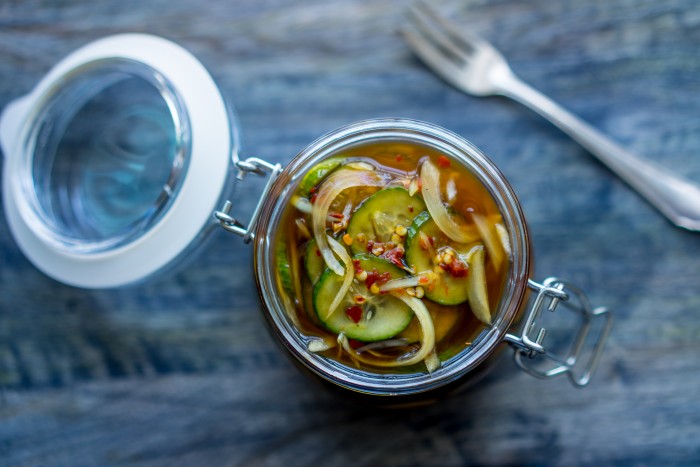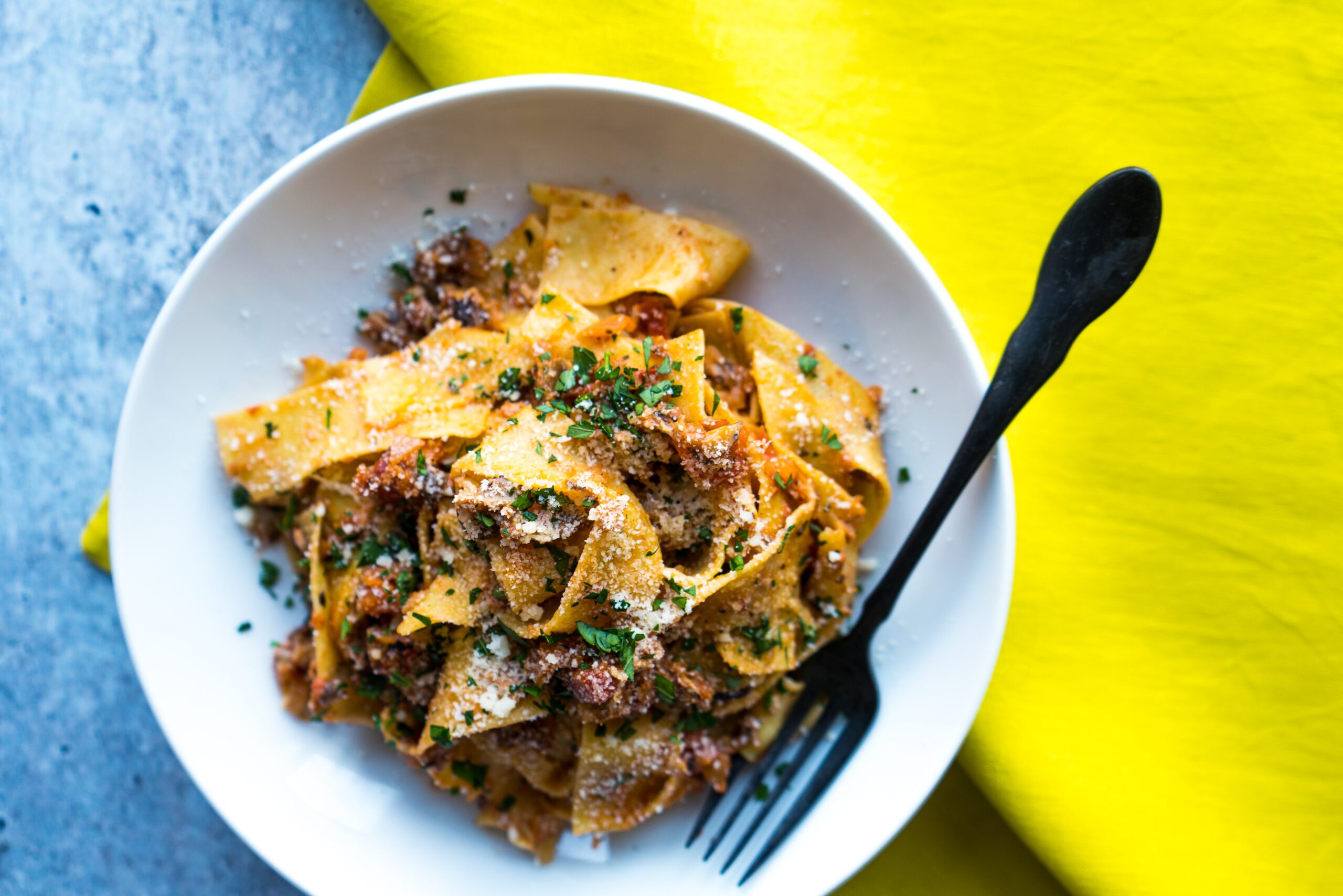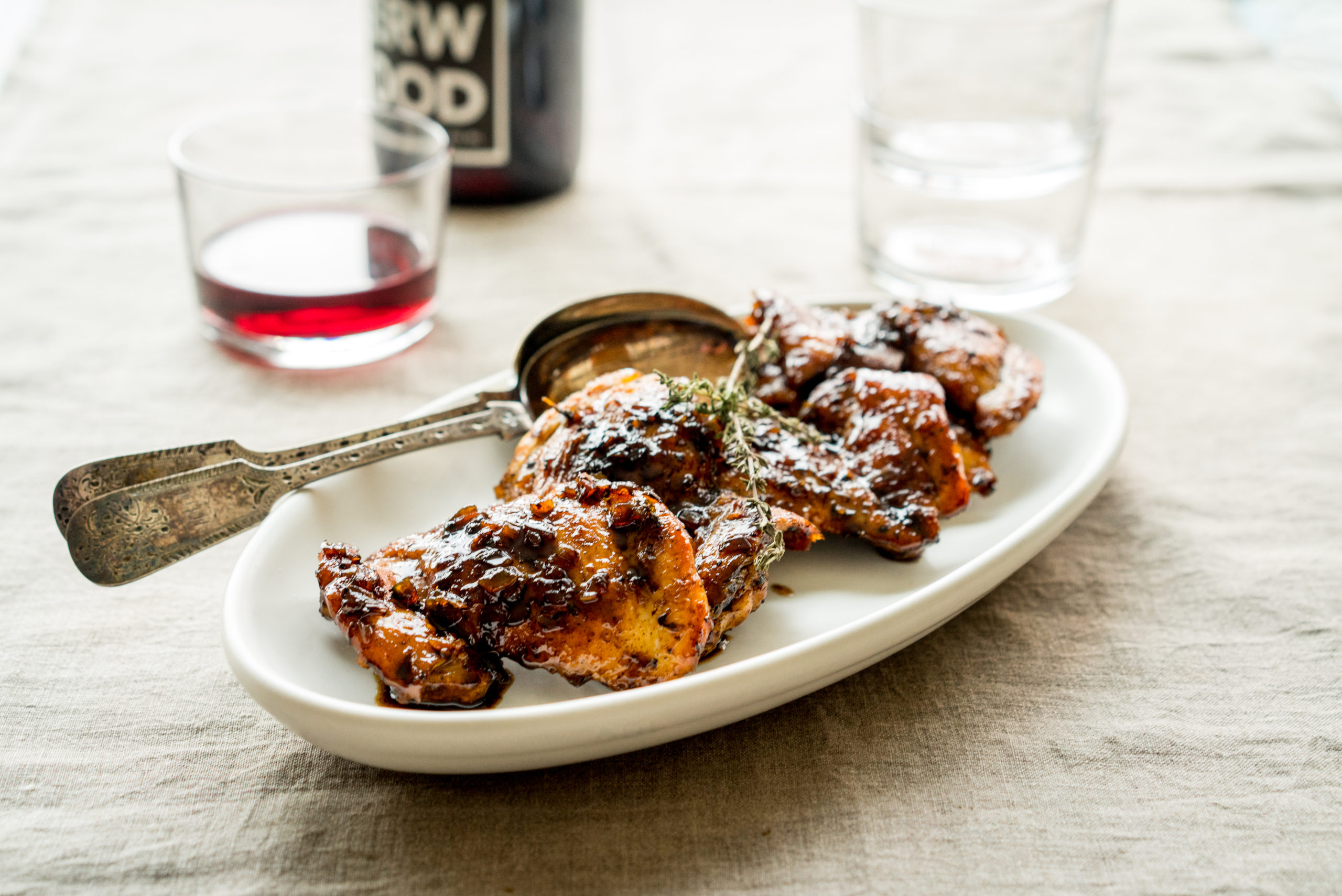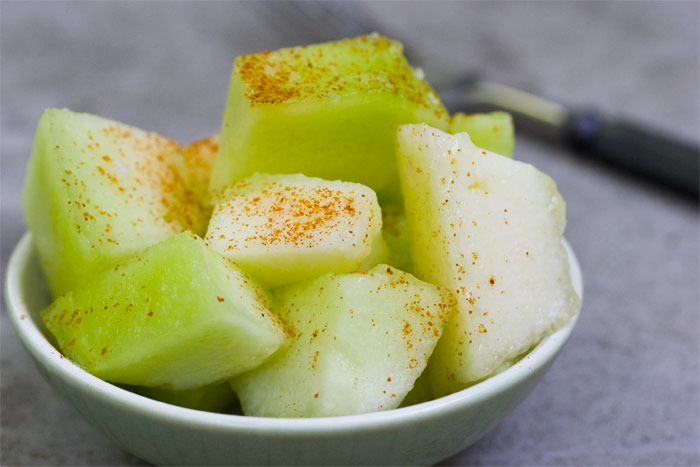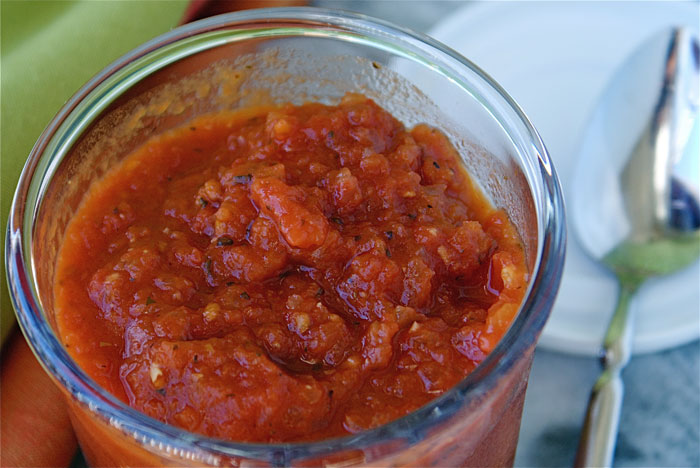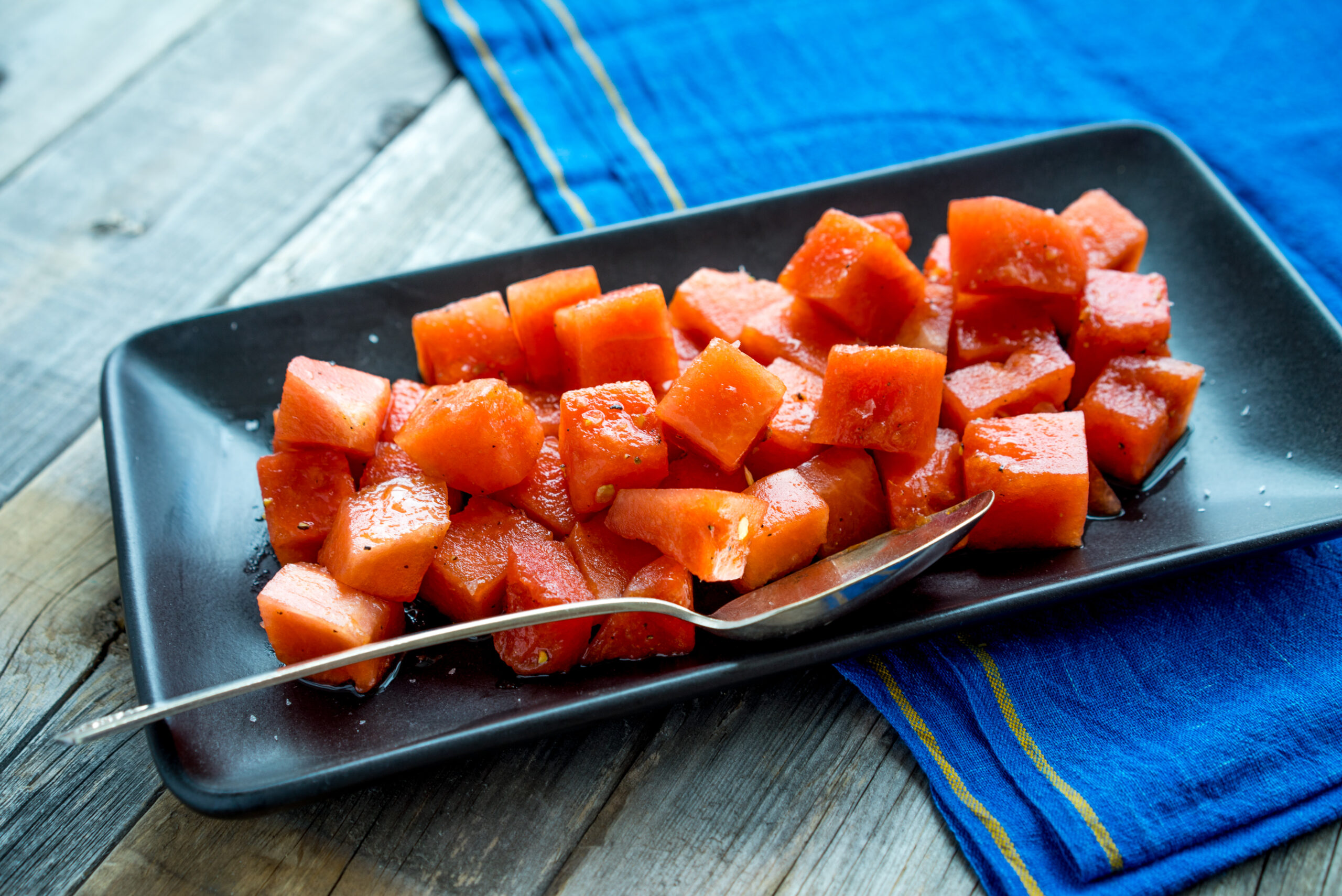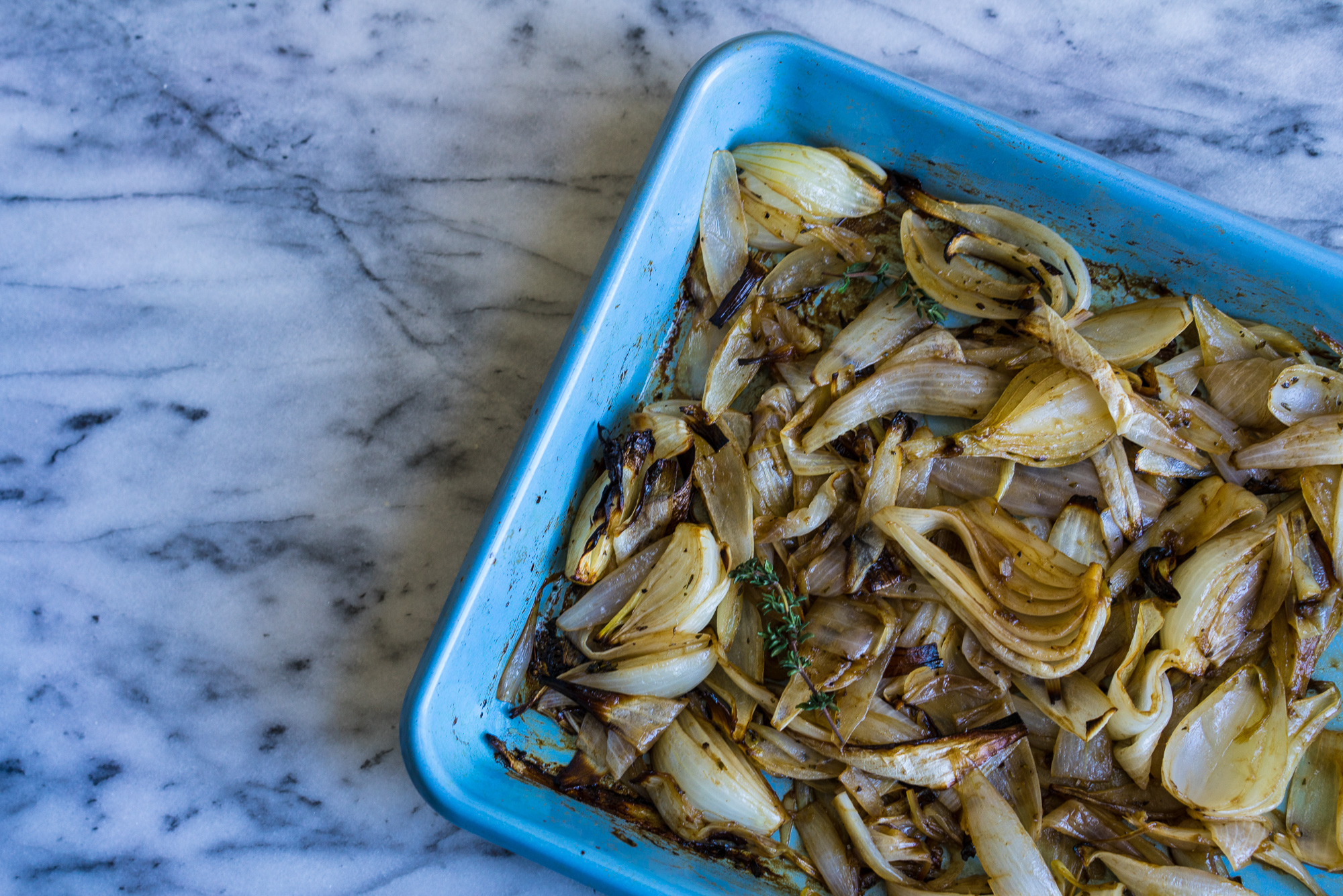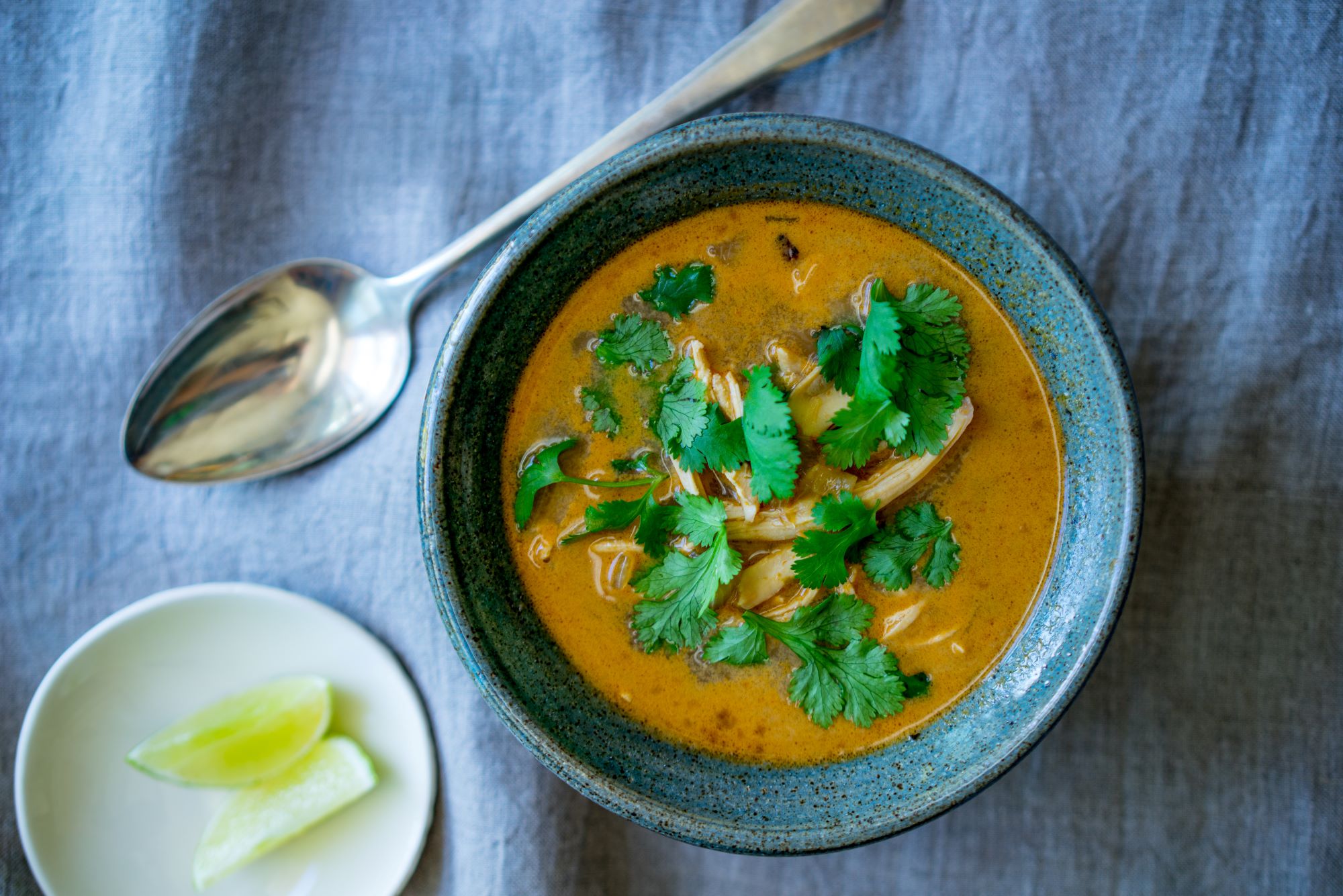The first time I met Mark Bitterman, co-owner of At the Meadow and author of the upcoming book Salted, we were at a restaurant with a bunch of mutual friends. I’d heard about him and his salt passion, but I was still surprised when he pulled a cluster of pouches out of his bag and mounded salts—from delicate pink to rusty red to steel gray to white—right onto the tablecloth.
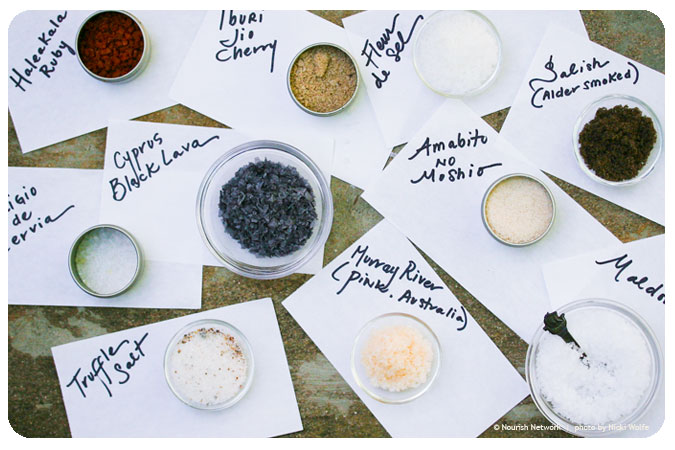 “You carry those with you?” I asked.
“You carry those with you?” I asked.
Mark shrugged, completely unfazed. “I like people to be able to taste how different salts interact with different foods. Here, check this out …” And, just like that, my view of salt changed forever.
Here are Mark’s suggestions for how to use salt.
Be Deliberate
Most of us sprinkle salt—often kosher salt—into foods we’re cooking almost without thinking. But Mark urges us to take a more strategic approach. “The idea is to think about what result you want to achieve and then use the best salt for the job.” In many cases, this will mean sprinkling a certain type of salt on the end dish–more like a condiment than an ingredient. Mark advocates a fundamental shift in our salting technique to use less during cooking and more at the end.
Be Choosy
But Mark’s not talking about shaking on the Morton. He’s talking about the thousands of hand-harvested artisanal salts that come from every corner of the earth. Nutritionally, these salts contain over 12% less sodium chloride than kosher or iodized salt, with the rest of the content being trace minerals. “Those minerals contribute to the roundness of the flavors,” Mark says. “They interact much more gently with the food and have a richer, more balanced taste.”
Mark likes to divide salts into three foundational categories–fleur de sel, sel gris and flake salt–and uses each type different ways.
Fleur de Sel – Fleur de sel and sel gris are what Mark calls “sister salts” in that they’re both types of sea salt formed by salinated water being concentrated down from pond to pond until crystals form within the brine. While the names are French—fleur de sel means “flower of salt” and sel gris means “gray salt”—these types of salt are made all over the world. Fleur de sel are the delicate crystals that blossom on the surface of the pond. “Fleur de sel comingles; it lets a food’s inner light shine forth.” It’s a versatile finishing salt for just about any dish.
Sel Gris – Sel gris are the crystals raked from the brine and the bottom of the pond. It too can be used as a finishing salt; Mark speaks of a “syncopated saltiness” with sel gris where every bite is different. “It’s a very vibrant, lively way to season something.” But Mark also recommends sel gris as an all-purpose cooking salt. “The great thing is that sel gris can be inexpensive, but you’re still using a beautiful hand-harvested artisan product in your daily cooking.”
Flake Salt – Flake salts are salt crystals that have been formed into flakes. “They can be flat, arrowhead shaped or big, fat pyramids.” Where fleur de sel is delicate and dainty, flake salts are “the Lamborghini salts. They’re sort of showy and flashy. They spark and stimulate your palate and then get out of the way and let the food shine through.” Mark finds flake salts exceptional on simple green salads. “There’s a beautiful crisp snap of salt, but then it’s gone and the flavor of the salad shines through; there’s sparkle without it being overpowering.”
Experiment
Salt is made around the world, from Australia to Wales, Bali to Vietnam. But do salts from different places taste different too? “Absolutely,” says Mark. In addition to the terroir element (as in wine, where the elements of the earth and place affect the fruit and, ultimately, what’s in the bottle), there’s also what Mark calls a merroir effect. “The conditions of the ocean affect the salt. French sea salt is minerally and briny, on the Adriatic coast of Italy they’re fruity and sweet. In the Philippines the salts have round, warm flavor.” Play with different types of salt to see which ones you like where (and keep an eye out for Part II of my talk with Mark … an artisanal salt tasting).
Use Salt Mindfully
Aside from the unique flavor and texture that artisanal salts bring to food, and the additional nutritional punch, there’s a soulful aspect too. “When you use these salts—be it a standard sel gris or a rare fleur de sel or flake salt—you’re using a regal ingredient that’s at the core of our culinary traditions. You start to treat it like an important ingredient and use it more mindfully. And in the end, you salt better.”
Mark and his wife, Jennifer, own At The Meadow in Portland, Oregon where they sell artisanal salts, chocolate, wine and flowers. Also add Mark's book, Salted: A Manifesto on the World’s Most Essential Mineral, to your bookshelf.
